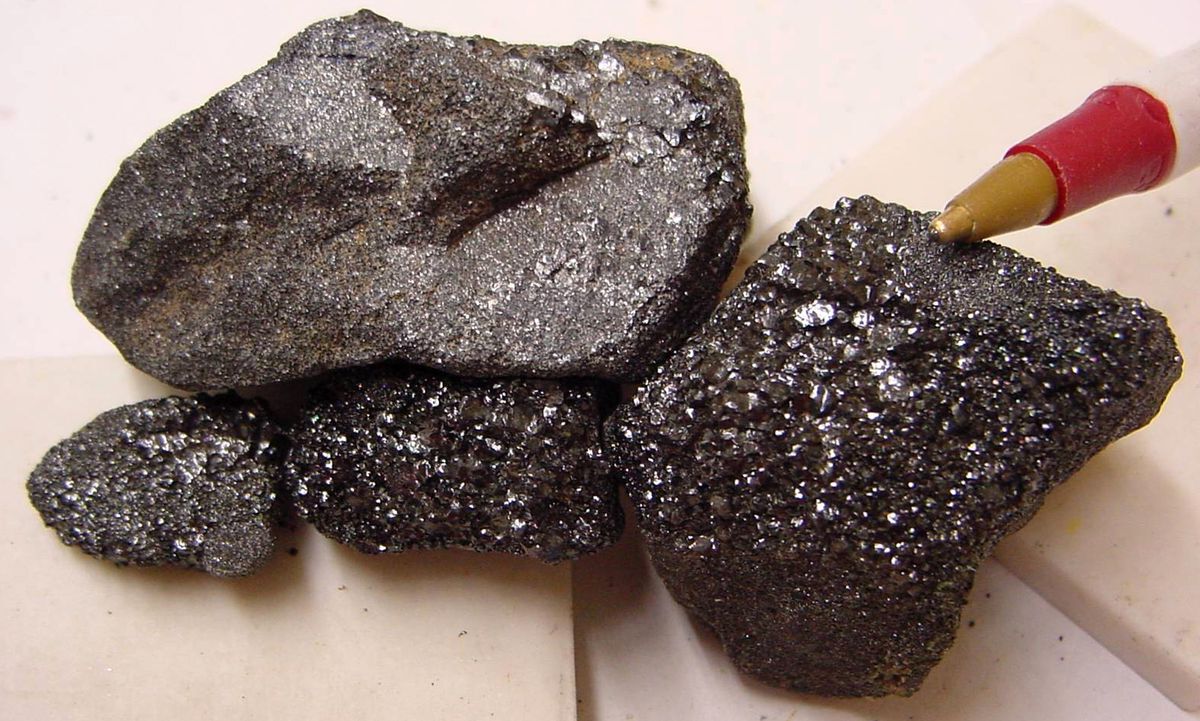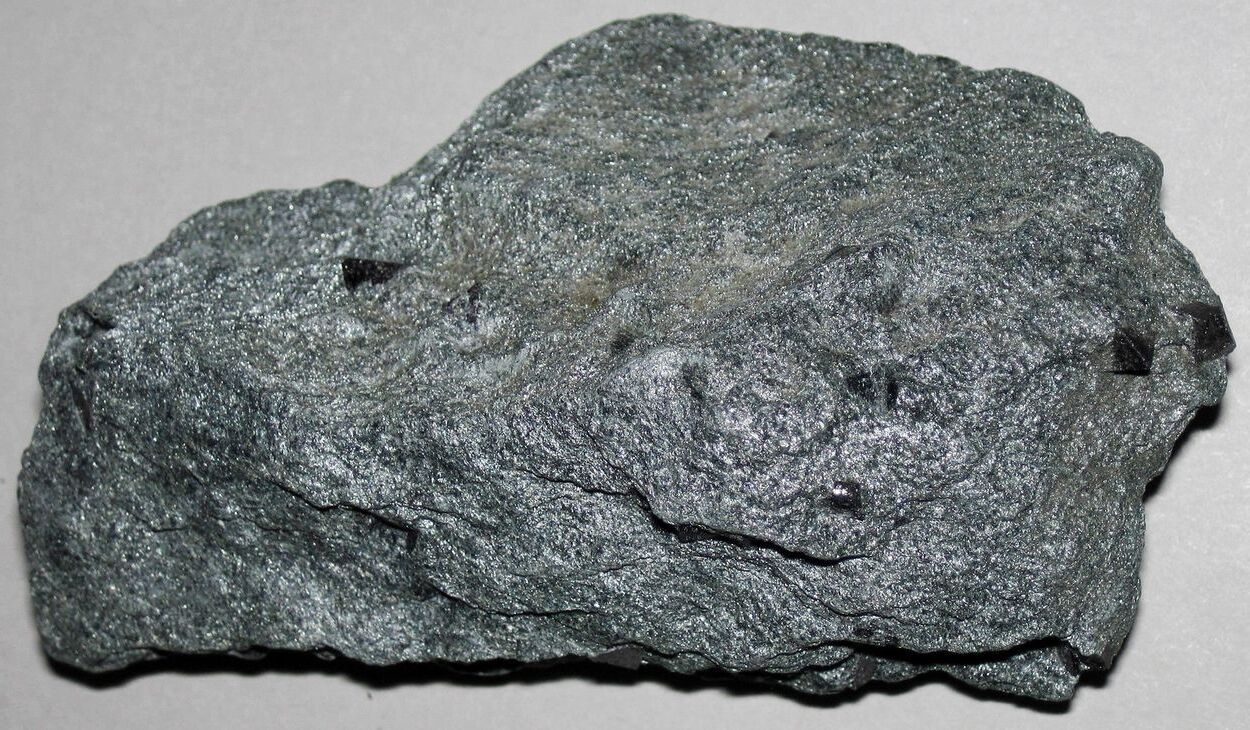
Chromite is a fascinating mineral with a lot of interesting facts. But what exactly is chromite? Chromite is an iron chromium oxide, a key ingredient in stainless steel and various alloys. Found in ultramafic rocks, it’s the only ore of chromium, making it incredibly valuable. This mineral is not just important for industrial uses; it also has a unique appearance, often found in dark brown to black colors with a metallic luster. Chromite deposits are scattered across the globe, with major sources in South Africa, Kazakhstan, India, and Turkey. Its role in manufacturing, technology, and even art makes it a mineral worth knowing about. Ready to learn more? Here are 40 facts about chromite that will surprise you!
Key Takeaways:
- Chromite is a fascinating mineral used in stainless steel, paint pigments, and more. It's found in specific geological settings and has both positive and negative impacts on the environment and human health.
- The mining and processing of chromite contribute significantly to the economies of producing countries. It's essential for industries like steel and automotive, but proper safety measures are crucial for protecting workers from harmful exposure.
What is Chromite?
Chromite is a fascinating mineral with many unique properties and uses. It is the only ore of chromium, a metal essential for making stainless steel, nichrome, and chrome plating. Here are some intriguing facts about chromite.
-
Chromite is an oxide mineral composed of chromium, iron, and oxygen (FeCr₂O₄).
-
It is the primary source of chromium, which is used in various industrial applications.
-
Chromite is found in ultramafic rocks such as peridotite and serpentinite.
-
The mineral has a metallic luster and a dark brown to black color.
-
Chromite is often associated with other minerals like olivine, magnetite, and serpentine.
Chromite's Geological Occurrence
Chromite deposits are found in specific geological settings. Understanding where and how chromite forms can help in locating new deposits.
-
Chromite is typically found in layered intrusions, which are large, igneous rock formations.
-
The Bushveld Complex in South Africa is the largest known layered intrusion containing significant chromite deposits.
-
Other notable chromite deposits are found in Zimbabwe, Kazakhstan, Finland, and India.
-
Podiform chromite deposits are found in ophiolite complexes, which are sections of the Earth's oceanic crust and upper mantle.
-
These deposits are often located in mountainous regions formed by tectonic plate collisions.
Uses of Chromite
Chromite's unique properties make it valuable in various industries. Here are some of its primary uses.
-
Chromium extracted from chromite is used to produce stainless steel, which is resistant to corrosion and staining.
-
It is also used in the production of refractory materials, which can withstand high temperatures.
-
Chromite is a key ingredient in the manufacturing of chrome plating, providing a shiny, protective coating for metals.
-
The mineral is used in the production of pigments for paints, inks, and plastics.
-
Chromite is essential in the production of nichrome, an alloy used in heating elements and resistance wires.
Environmental Impact of Chromite Mining
Mining chromite can have significant environmental impacts. It's important to understand these effects to mitigate them.
-
Open-pit mining for chromite can lead to habitat destruction and loss of biodiversity.
-
The process can cause soil erosion and sedimentation in nearby water bodies.
-
Chromite mining can result in the release of toxic substances, such as hexavalent chromium, into the environment.
-
Proper waste management and rehabilitation of mined areas can help reduce environmental damage.
-
Sustainable mining practices are essential to minimize the ecological footprint of chromite extraction.
Chromite in Everyday Life
Chromite and its derivatives play a crucial role in our daily lives, often in ways we might not realize.
-
Stainless steel cutlery and kitchen appliances owe their durability and shine to chromium.
-
Chromite-derived pigments are used in the vibrant colors of cars and household paints.
-
The heating elements in toasters and hairdryers are often made from nichrome, which contains chromium.
-
Chrome plating is used in bathroom fixtures, giving them a sleek, polished look.
-
Chromium compounds are used in the tanning of leather, making it more durable and resistant to wear.
Chromite and Health
Chromium, derived from chromite, has both beneficial and harmful effects on human health.
-
Trivalent chromium (Cr³⁺) is an essential nutrient that helps regulate blood sugar levels.
-
It is found in small amounts in foods like broccoli, nuts, and whole grains.
-
Hexavalent chromium (Cr⁶⁺), on the other hand, is highly toxic and carcinogenic.
-
Exposure to hexavalent chromium can occur through industrial processes like welding and chrome plating.
-
Proper safety measures and regulations are crucial to protect workers from harmful exposure.
Chromite's Economic Importance
Chromite mining and processing contribute significantly to the economies of producing countries.
-
South Africa is the world's largest producer of chromite, accounting for about 60% of global production.
-
The chromite industry provides employment opportunities and supports local communities.
-
Chromite exports are a major source of revenue for countries like Kazakhstan and India.
-
The demand for chromite is driven by the steel and automotive industries.
-
Innovations in mining technology are helping to improve the efficiency and sustainability of chromite extraction.
Fun Facts About Chromite
Here are some lesser-known, fun facts about chromite that highlight its unique characteristics.
-
Chromite crystals are often octahedral in shape, resembling two pyramids joined at their bases.
-
The mineral has a high specific gravity, making it denser than many other common minerals.
-
Chromite can be magnetized, although it is not as strongly magnetic as minerals like magnetite.
-
In ancient times, chromium compounds were used to create vivid red and yellow pigments for artwork.
-
The name "chromite" comes from the Greek word "chroma," meaning color, due to the mineral's colorful compounds.
Chromite's Impact on Our World
Chromite plays a huge role in modern life. This mineral, rich in chromium, is essential for producing stainless steel and various alloys. Without it, many everyday items, from kitchen utensils to industrial machinery, wouldn't exist.
Chromite mining also supports economies worldwide, providing jobs and boosting local industries. However, it's crucial to consider the environmental impact. Responsible mining practices can help reduce harm to ecosystems.
Understanding chromite's importance helps us appreciate the resources we often take for granted. From its role in manufacturing to its economic benefits, chromite's influence is undeniable. Next time you use a stainless steel item, remember the journey it took from deep within the earth to your hands.
Chromite isn't just a mineral; it's a cornerstone of modern industry and daily life. Let's value and manage it wisely for future generations.
Frequently Asked Questions
Was this page helpful?
Our commitment to delivering trustworthy and engaging content is at the heart of what we do. Each fact on our site is contributed by real users like you, bringing a wealth of diverse insights and information. To ensure the highest standards of accuracy and reliability, our dedicated editors meticulously review each submission. This process guarantees that the facts we share are not only fascinating but also credible. Trust in our commitment to quality and authenticity as you explore and learn with us.


